To see a warehouse running like a well-oiled machine is a thing of beauty. It seems that it would be simple enough to achieve, but there are numerous areas where breakdowns in the process can occur. Learning what to look for, and ways to improve and even optimize operations, is possible. Warehouse efficiency, as well as good warehouse real estate management, is attainable with a focus on the following five key areas.
1. Use Standardized Processes
To increase productivity and control labor costs, an efficient warehouse must rely on standardized processes. Many warehouse tasks are repeatable and can be measured. Using key performance indicators (KPIs), such as inventory accuracy, receiving time and costs, pick and pack efficiency, and order fulfillment times will enable you to set standards. These standards then become the basis for comparison against future measurements. Fergal Glynn, writing for 6 River Systems, talks about the importance of establishing KPI goals.
Intelligent use of automation is increasingly becoming a key component of warehouse efficiency. Warehouse management systems (WMS) are available now to help identify optimal workflows. They can map out the smartest paths through the warehouse, depending on task, thus avoiding product and staff bottlenecks. No more wasted time and resources. The most important KPIs are easily retrievable and can be used for analysis.
2. Engage Employees
Employees walk the floor of the warehouse every day and are intimately familiar with its inner workings. They are usually the first to spot areas where inefficiencies occur and often have great ideas on how to make improvements. Make a point to tap this excellent resource for valuable information.
Keeping your workers content and happy will go a long way in decreasing turnover. Think of ways to incentivize them for performance. Let them be a part of planning discussions. Look for growth opportunities for them. Make it known that training and safety are priorities. Proper lifting techniques and ergonomic interventions should be stressed.
3. Manage Inventory
Managing the right balance of inventory in the warehouse is a tricky proposition. Having too much inventory can take up precious space that could be put to better use. Having too little inventory can mean shortages, delays, and backorders. Inventory management software (IMS) can keep a perpetual inventory and simplify your ability to optimize your storage space and product turnover. This will also drive your decisions around staffing.
Good exchange of information with your suppliers is vital in ensuring that you can strike that right inventory balance. They can provide status updates on products. They can also be instrumental in forecasting and planning. Seasonality of products should be factored into these discussions.
4. Focus on Physical Layout
The physical layout of the warehouse should reflect a careful analysis of your KPIs, WMS, and/or IMS. Aisles should be wide enough to accommodate humans, robots, and machines. There should be thought to avoiding traffic jams and minimizing steps. The most frequently picked items should be the most accessible. Items typically sold together should be in the same location. Fast movers are best housed close to the shipping area. Better yet, rather than shelving them, put them in a holding/staging area.
Other ways to promote productivity include proper labeling of bins and display of easily accessible bar codes for scanning. Use vertical shelving for slow movers or products out of season. In the packing area, use only a few sizes of standardized shipping containers rather than keeping multiple sizes. Keep areas free of clutter to prevent falls and injuries. A guide on warehouse design has been provided by Neel Vithalani of Orderhive, Inc.
5. Maintain Equipment
Efficient warehouses rely on a vast array of complicated machinery. Everything from lifts, pickers, fork trucks, carts, conveyers, and scanners may be used in the day-to-day operations. Well maintained equipment can significantly decrease the physical burden on your employees.
Equipment breakdowns can be costly in terms of repair and lost productivity. Here is where prevention can truly pay off. Make it a habit to regularly inspect for wear and tear. Cycle equipment through active use and inspection downtime.
These key areas are important to consider when thinking about improving warehouse efficiency. With them, any warehouse can become a well-oiled machine. Third Party Logistics (3PL) companies, such as Aero Fulfillment Services, do these things well.
See if Aero Fulfillment Services can help you improve your warehouse efficiency by taking this 1-minute survey.

